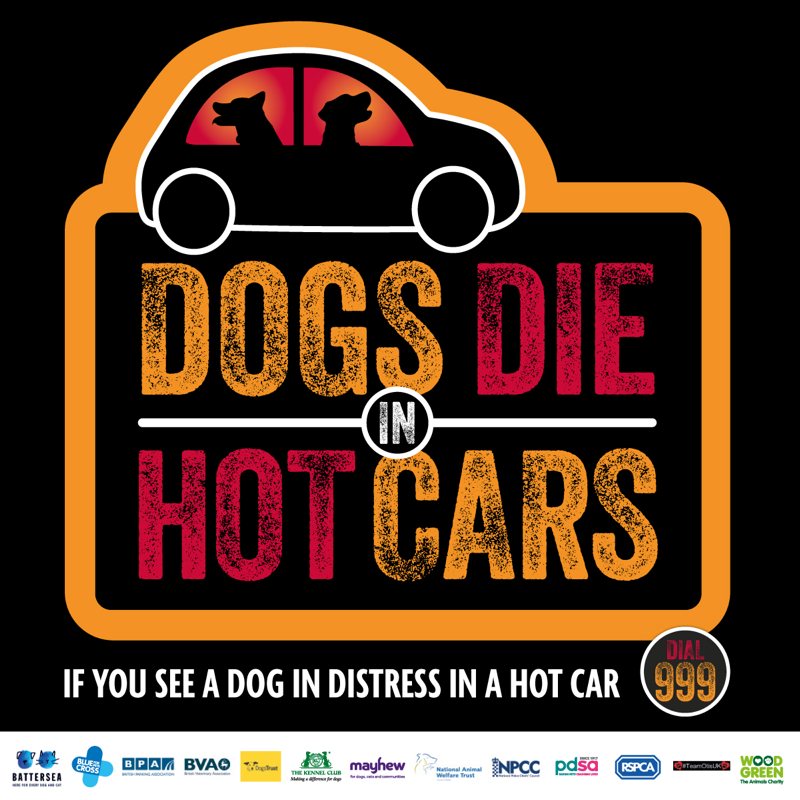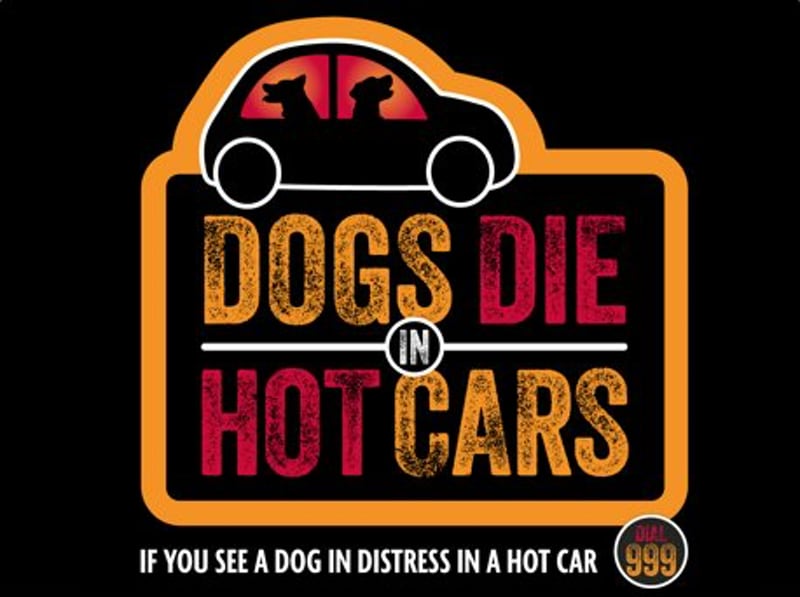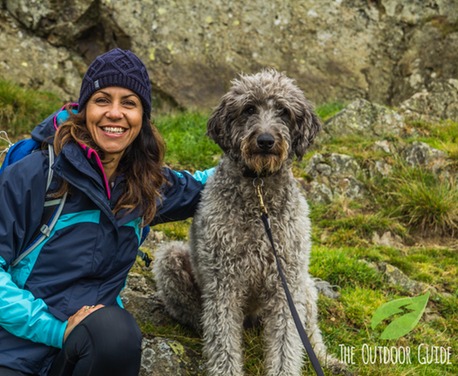If you are planning to be out and about with your dog this summer – here is our handy guide to making sure your dog is happy and healthy:
- Walk your dog in the early morning or late in the evening when temperatures are cooler so they will be at reduced risk of heatstroke – be particularly careful if your dog is unfit, obese or suffers from breathing difficulties.
- Tarmac can get very hot in the sun – check it with your hand before letting your dog walk on it so they do not burn their paws on the pavement. Try the ‘five-second test’; if it’s too hot for your hand, it’s too hot for your dog’s paws.
- If you’re planning a day out, check beforehand whether dogs are welcome at the visitor attractions you plan to visit. If dogs are not permitted, make sure you arrange for a pet sitter or kennels for your dog when you visit, or choose a dog friendly alternative attraction.
- Make sure your dog has access to shade and plenty of fresh water throughout the day or activity.
- Don’t let your pet get sunburnt – use pet safe sun cream on exposed parts of their skin such as the tips of their ears and nose. If you are unsure on the right product then ask your vet about petsafe suncream.
- Don’t leave your dog unattended in a car on a warm day. Many people still believe that it’s ok if the windows are open slightly or they are parked in the shade. The truth is it is still very dangerous, potentially life threatening for the dog.
Click to zoom …
© RSPCA
Heatstroke in dogs
If dogs are too hot and unable to reduce their body temperature by panting, they will develop heatstroke, which can be fatal.
Signs of heatstroke
- Is the dog panting heavily?
- Is the dog drooling excessively?
- Does the dog appear lethargic, drowsy or uncoordinated?
- Is the dog vomiting?
- Has the dog collapsed?
If your dog is showing any of these signs please follow the emergency first aid steps below and contact your nearest vet if necessary.
Emergency First Aid
For the best chance of survival, dogs suffering from heatstroke urgently need to have their body temperature lowered, but this needs to be done gradually or they can go into shock.
If your dog is collapsed, call a vet immediately as they may advise attending as a matter of emergency rather than starting treatment yourself. In milder cases, you can follow these first aid steps to start lowering your dog’s temperature:
- Move the dog to a shaded and cool area.
- Immediately start pouring small amounts of room temperature (not cold) water onto the dogs body (cold water may cause shock). If possible, you can also use wet towels or place the dog in the breeze of a fan. If using wet towels, make sure to re-apply water regularly and not to keep the dog constantly covered – sometimes this can actually heat them up instead of cooling them down.
- Allow the dog to drink small amounts of room temperature water.
- Continue to pour small amounts of room temperature water onto the dog until their breathing starts to settle but not so much that they start to shiver.
- Once the dog is starting to get cooler and their breathing is settling down, call the nearest veterinary surgery so your pet can be checked over.



